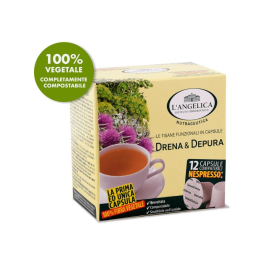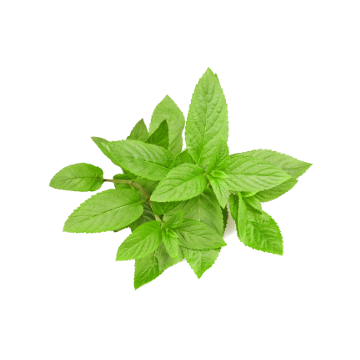FREE SHIPPING FROM 35 €
Search
Natural Ingredients
Peppermint
It stimulates the production of gastric juices and therefore is a valid remedy for digestive problems.
The Peppermint is part of the Labiatae family and is an intersection of three kinds of mint. The active components are: menthol, song, tannin, acetic acid, varianico and cineole. The parts used are the leaves and flowering tops. It is a perennial erect, with flowers arranged in whorls, the stem is hairy and ovate leaves are very aromatic. The petals of the flowers are pinkish. It is a garden plant that blooms in summer and reproduces by suckers. The mint piperita stimulates the production of gastric juices and for this appears to be a valid remedy in case of digestive problems. Thanks to its anti-inflammatory and soothing on the stomach is able to soothe the swelling and is useful against dysentery. The peppermint is an herb high from few cm to about 70 cm, with erect stems and rhizomatous roots that greatly expands in the soil. The leaves are opposite, simple, lance-shaped and covered with a light bright green down. The flowers are collected in terminal tops, conical, which bloom from the bottom up. The individual flowers, sympetalae (fused petals) and irregular, are small, white, pink or purple; the corolla, partially melted in a tube, opens in two lips, the upper with a single lobe, the inferior with 3 unequal lobes. Flowering occurs in summer and continues until autumn.
I nutraceutici
- 0.5-4% essential oil *: menthol (42%), menthol esters of other monoterpenes
In the kitchen it is used to flavour meat dishes or desserts such as the famous English mint sauce.<
The Mint is native to Europe and is widespread all over the world. Mint grows well in temperate climates, but is absent in those with tropical climates.
Peppermint has a calming effect on the stomach and intestine and is a valuable aid in case of colic, menstrual cramps, nausea, feeling of heaviness and conditions affecting the biliary tract.



